

Today we’d like to introduce you to Ashe Etherton
Hi Ashe, so excited to have you on the platform. So before we get into questions about your work-life, maybe you can bring our readers up to speed on your story and how you got to where you are today?
I knew I wanted to be a physical therapist (PT) from the time I was 15 years old. I was drawn to the way physical therapy is an avenue of hope and healing for people who are hurting. In a more personal sense, I knew I wanted to be the medical provider my grandma never had. She was a bilateral amputee, and she had her first amputation at 17 years old. Her doctors often used the word “can’t” towards her, when they should have been the people empowering her and collaborating with her to problem-solve a way she “can.”
I pursued specialization in pelvic health while in PT school. I wasn’t even aware that this niche existed until I was in my doctoral program studying to become a physical therapist. I had no idea PT could address intimate concerns such as debilitating periods, chronic constipation, and pain during sex…issues I had been struggling with for years but that had been dismissed by healthcare providers as “normal.” I was instantly intrigued by pelvic health, which led me to seek further knowledge and mentorship throughout school and upon entering the workforce.
It’s actually quite comical looking back because I swore up and down throughout grad school that I would NEVER open my own practice. Fast forward to less than a year after I graduated, and I was already tumbling into a severe state of burnout from working in the traditional healthcare system. The US healthcare system is broken, and I knew I couldn’t remain a cog in the wheel. By the time I hit 2 years as a PT, I was ready to leave the field. But then, in a tragic turn of events, my dad unexpectedly died in a traumatic accident…
Through my dad’s death, I realized the fragility of life and the importance of living a life you’re proud of today since there’s no guarantee of tomorrow. I refused to continue wasting my life working 45+ miserable hours per week. I refused to continue treating patients in an unethical way that was dictated by sleazy insurance companies. I refused to keep living and working in a way that didn’t align with my values. I saw only one way forward, and that was to launch my own pelvic health physical therapy practice.
What started as a side hustle in January of 2024 is now my sole focus. Today, Hope Rising Pelvic Health exists as a concierge virtual-care and in-home physical therapy practice. My values align with my work, and I’m incredibly proud of the quality of care I provide to clients.
Can you talk to us a bit about the challenges and lessons you’ve learned along the way. Looking back would you say it’s been easy or smooth in retrospect?
On top of stepping into the complete unknown of starting a business, I was grieving the sudden loss of my dad and dealing with severe burnout. My greatest struggle in the very beginning was having no idea where to even start… No one in my circle had ever launched or run a business. I was a skilled physical therapist, but I knew nothing about being a business owner. I’m more confident in the business space now, but I still face imposter syndrome at times.
Thankfully, the transition into working for myself allowed me the chance to slow down, invite grief to flow through, and recover from burnout. The road has been challenging, yet beautiful, freeing, & incredibly healing all at the same time.
I’m constantly learning and growing in ways I never would have, had I not embarked on this entrepreneurial journey. One thing has been certain every step of the way – I am operating with integrity. I examine every decision up against my values, and my values guide my way. My practice hasn’t been an overnight success and I don’t market myself in the same way many businesses choose to, because I align every action with my values of authenticity, transparency, connection, and respect for personal autonomy.
Currently, my greatest struggle is getting my name and my brand out into the world. I’m passionate and skilled at helping people eliminate pelvic pain, enhance their sexual wellness, and confidently manage their pelvic health through their gender-affirming care journeys, but most people don’t know Hope Rising Pelvic Health exists…hell, most people don’t even know pelvic floor physical therapy exists! All that to say, thank you for helping me spread the word.
Thanks – so what else should our readers know about Hope Rising Pelvic Health?
Hope Rising Pelvic Health is a physical therapy practice that specializes in the treatment of pelvic floor concerns. We exist to help folx eliminate pelvic pain, enhance sexual wellness, & navigate gender-affirming care, so that they feel confident and empowered in their body & sexuality. We are queer-owned, neurodivergent-affirming, unapologetically body-inclusive, sexually liberated, trauma-informed, evidence-based, and fiercely feminist in our approach! Now more than ever, queer people need a safe place to land. Hope Rising Pelvic Health is that place. We will grow louder and bolder the more we are told to keep quiet and exist in the shadows.
It’s an incredible honor to be trusted by clients with intimate details relevant to their pelvic health concerns. Nothing is TMI with me, and I’m often told by clients that I’m the first person they’ve ever shared certain information or personal stories with. I’m proud to have cultivated a space where people know they are safe and validated.
Many people assume we only assess the pelvic floor muscles, however this couldn’t be further from the truth. From your jaw to your feet, a variety of factors impact your pelvic health and pelvic floor muscle function. A typical first visit begins with an in-depth discussion including detailed questions about your bowel, bladder, and sexual habits. Our chat is followed up by a physical assessment, which includes checking your posture, movement patterns, strength, and mobility. Finally, we might perform an internal assessment of your pelvic floor muscles if you’re being evaluated in-person, or I’ll teach you ways to self-assess your pelvic floor if we’re working together virtually. Above all else, we practice informed & on-going consent, so you have the final say in every aspect of your evaluation and treatment plan.
One aspect of my practice that often surprises people is that I offer virtual pelvic health physical therapy. I can’t emphasize enough how great this option is. So much of what I do is provide personalized education, which I can effectively do over video call. I can confidently say that my virtual clients often become more in-tune with their bodies more quickly than in-person clients because they don’t get to depend on my touch. Rather, they must learn how to perform self-assessment with my guidance. There is great power in learning to implement hands-on techniques to one’s own body (or with a partner’s help), because then you are equipped with the skills to address a flare on your own, without relying upon me to alleviate your symptoms. Virtual care is a convenient and flexible option that doesn’t require drive time or arranging childcare. We get to use your personal environment and equipment, which ensures you always have access to the tools used during sessions. And my favorite benefit of virtual care is the expanded reach. Many rural areas don’t have access to specialized pelvic floor physical therapy, and virtual care is the solution to this problem.
We are holistic in our approach, and we are continuously growing our network of complementary providers including physicians, chiropractors, functional medicine practitioners, massage therapists, bodyworkers, yoga & pilates instructors, etc. If you’re a practitioner reading this and it sounds like our values align, please reach out!
Is there something surprising that you feel even people who know you might not know about?
Something most people don’t know about Hope Rising Pelvic Health is where our name comes from. My dad wanted to name me Hope, but my mom wasn’t on board with that. As a compromise, they agreed for Hope to be my middle name. After my dad died, I knew I wanted to honor his memory with my business. Thus, the name Hope Rising was born.
Symbolism is very important to me, so there’s meaning behind our colors and logo. I chose lavender as our primary brand color because it represents empowerment and resistance for LGBTQIA+ communities. The waxing crescent moon in the logo represents hope and growth, and the sun reminds me of light overcoming darkness. My little sister painted the original design and inspiration for the logo, which makes it extra special to me.
Pricing:
- Pricing information is transparently listed on our website, and includes cost-effective treatment packages.
- In an effort to promote financial accessibility to pelvic health physical therapy, I offer a limited number of sliding fee scale appointments.
Contact Info:
- Website: https://www.hoperisingpt.com/
- Instagram: https://www.instagram.com/hoperisingpt/
- Facebook: https://www.facebook.com/people/Hope-Rising-Pelvic-Health/61565866485151/
- LinkedIn: https://www.linkedin.com/company/hoperisingpt
- Youtube: http://www.youtube.com/@HopeRisingPT
- Other: https://hoperisingpelvichealth.substack.com/
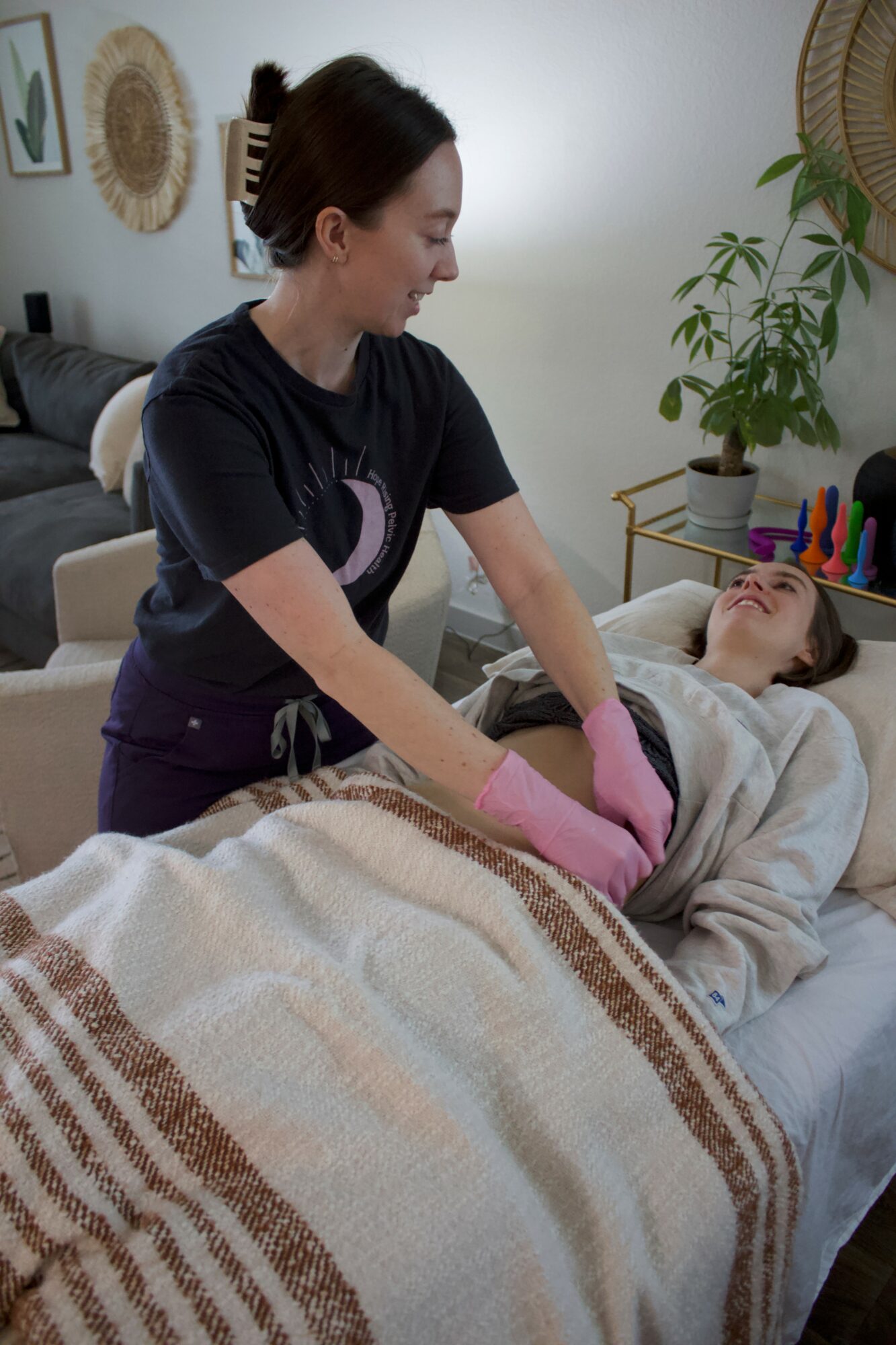
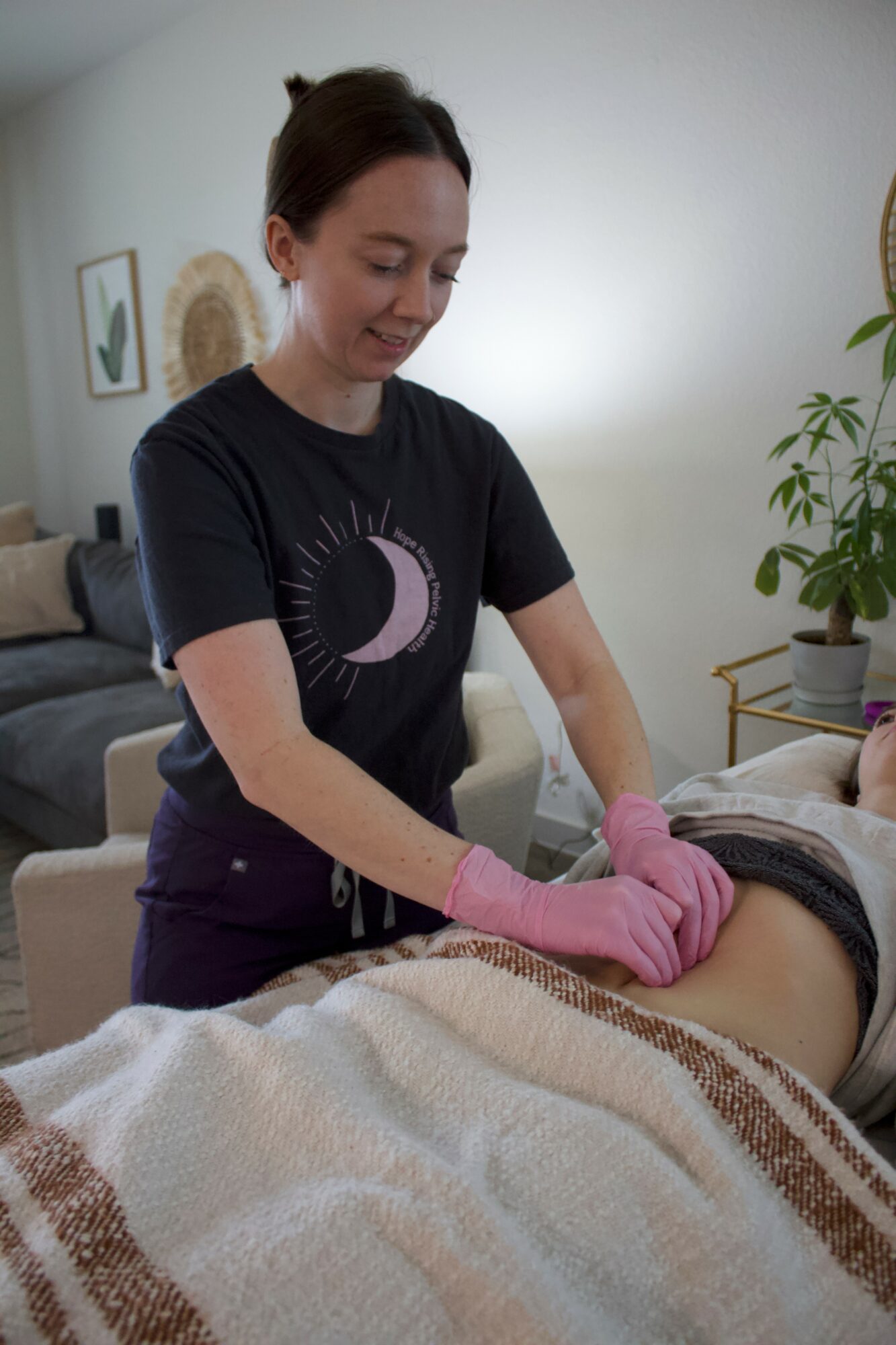

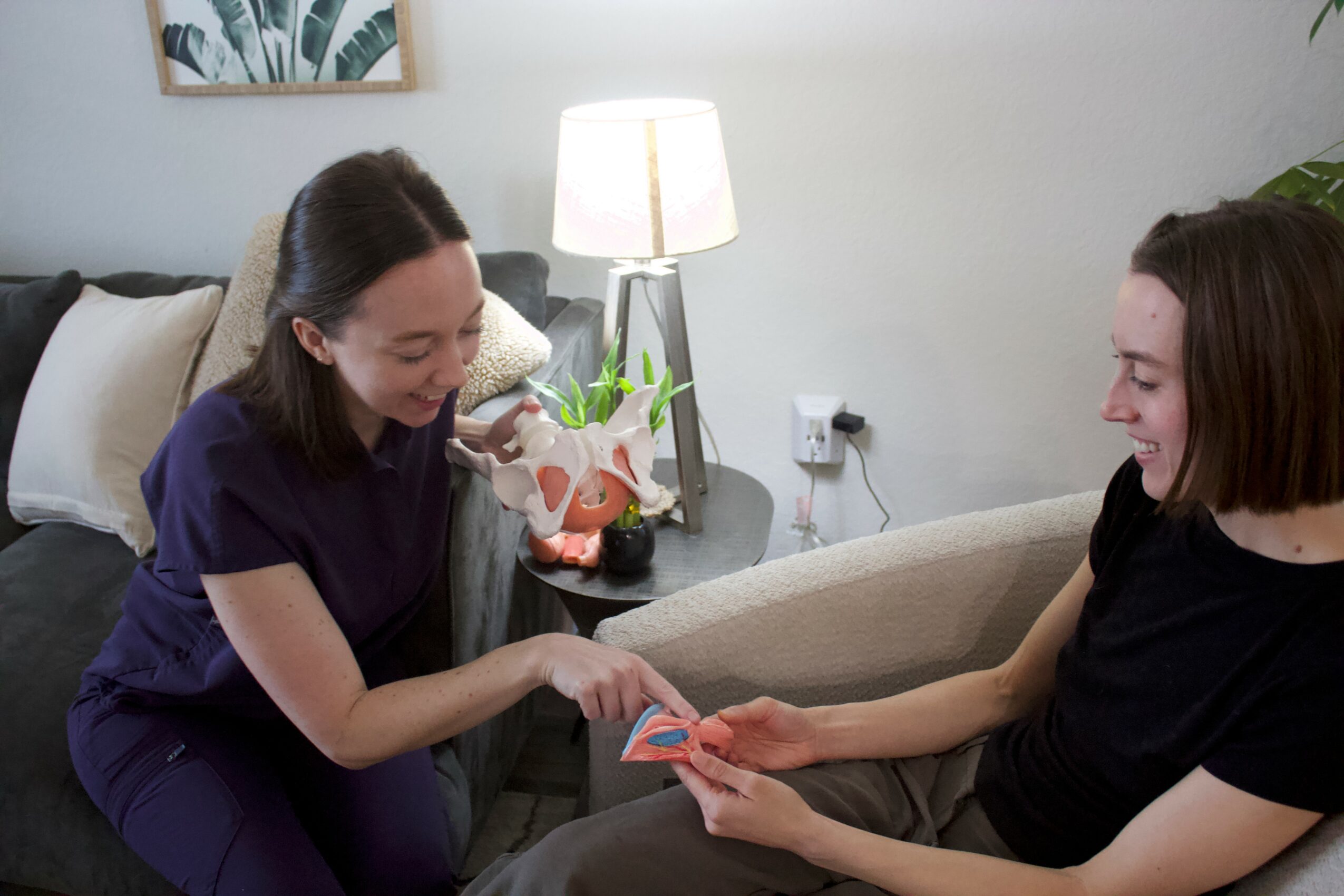
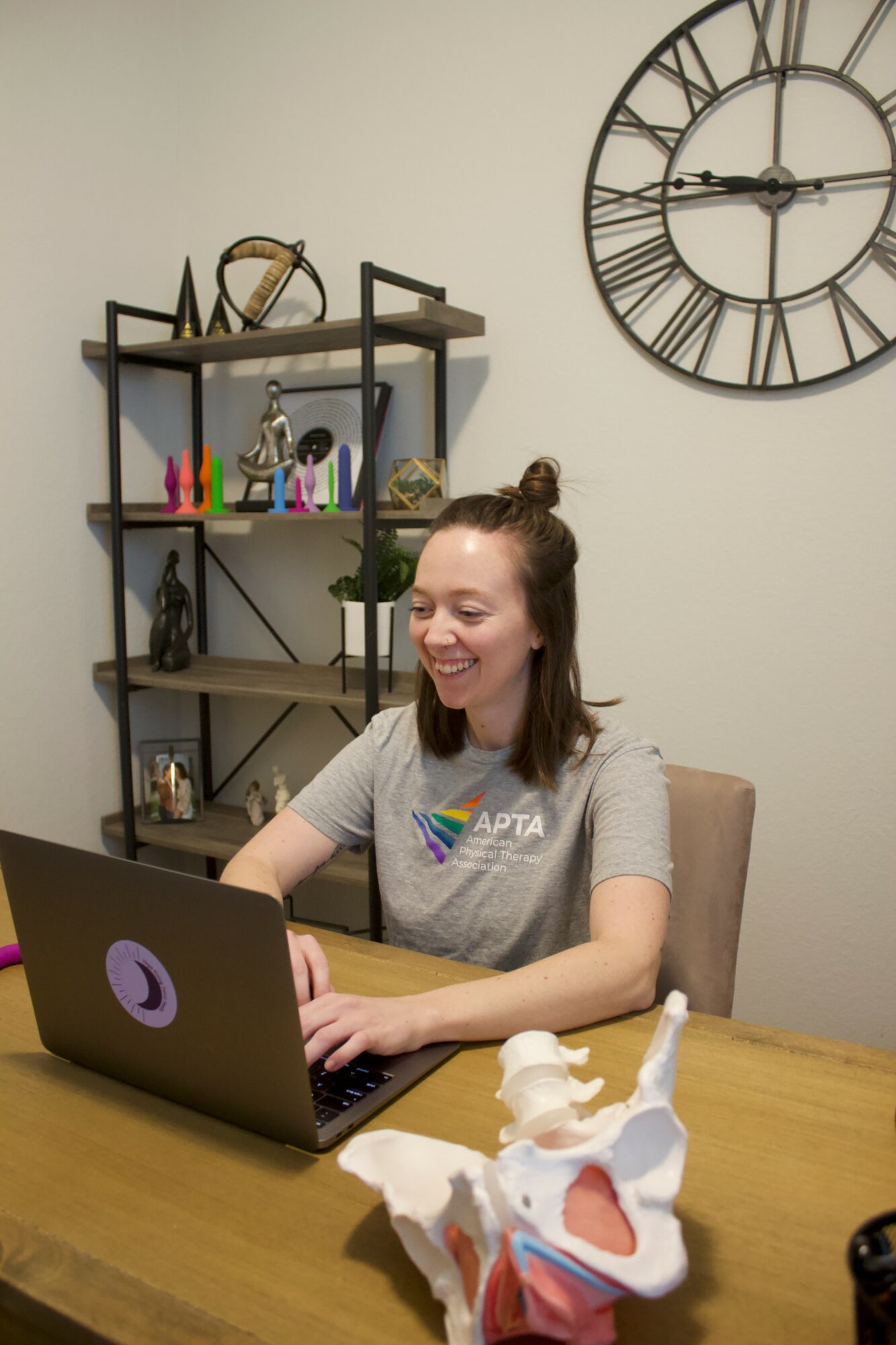
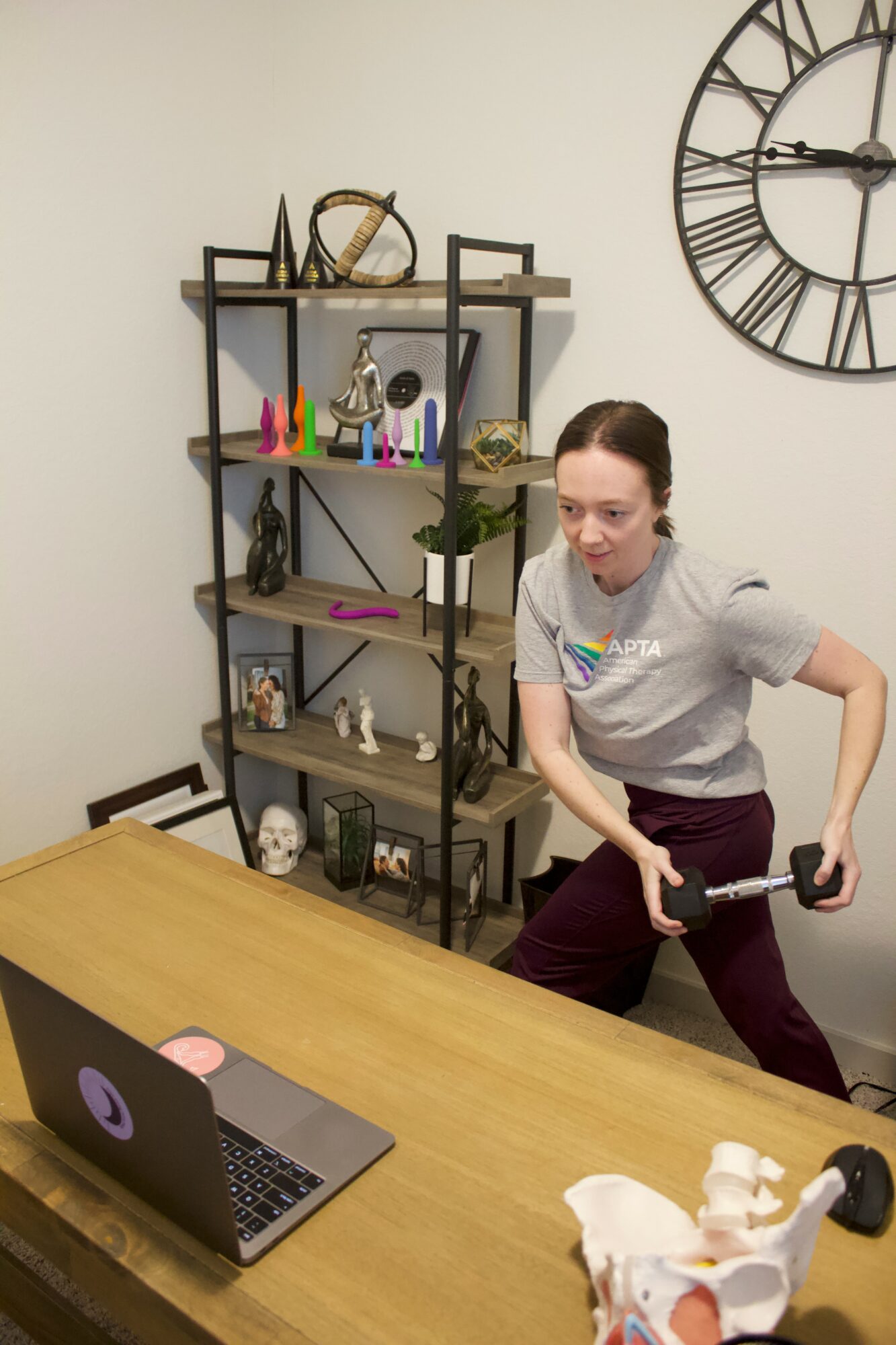
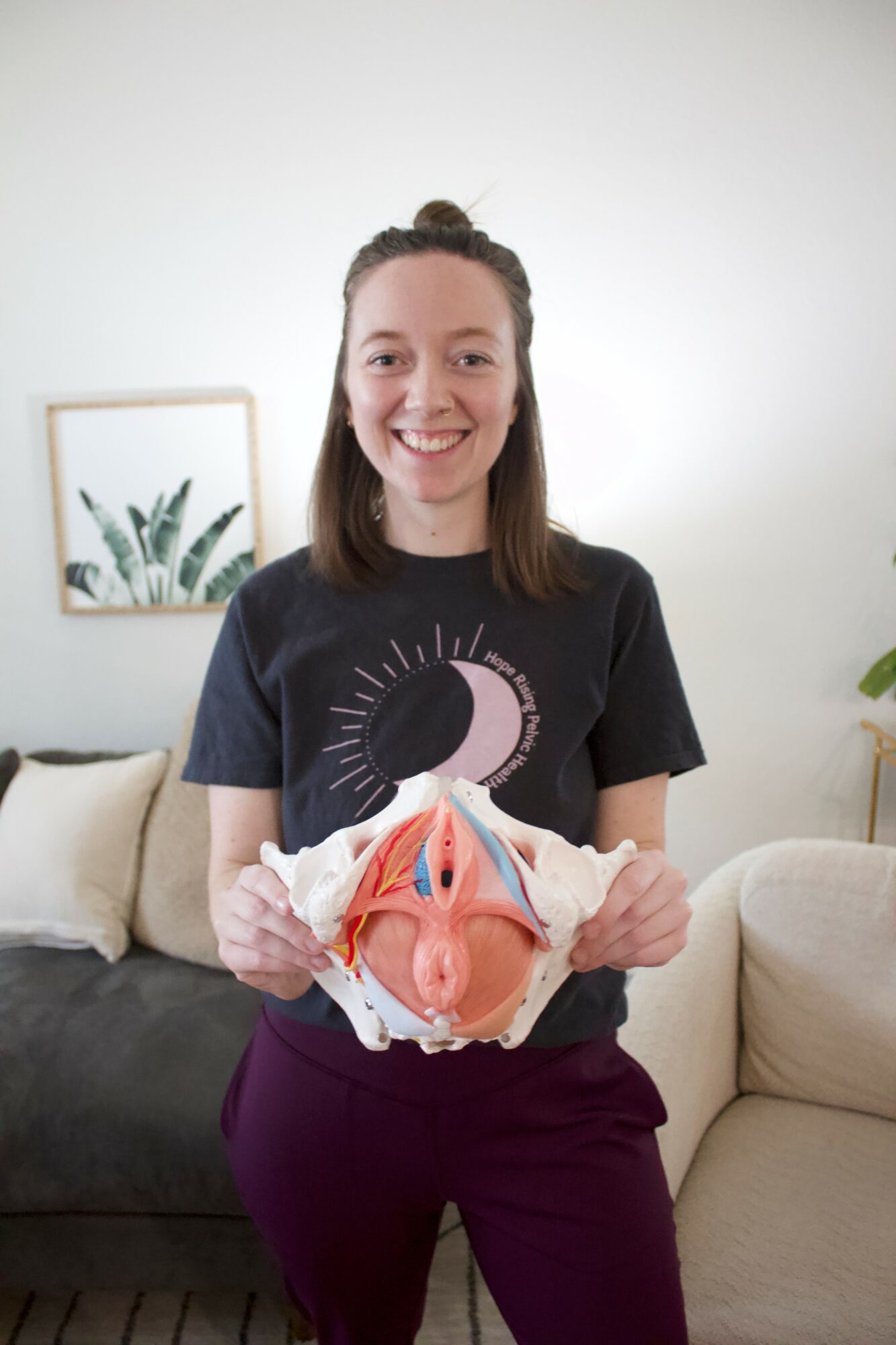
Image Credits
Katie Miller













